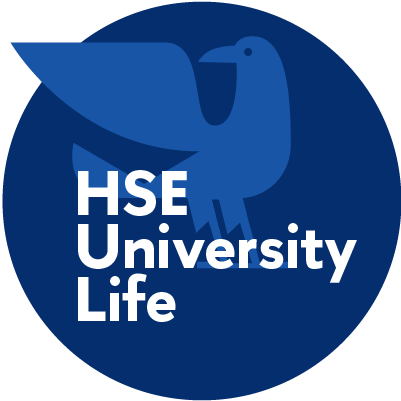- A
- A
- A
- ABC
- ABC
- ABC
- А
- А
- А
- А
- А
Democratic Elections as Means of Anti-Corruption Measures: The Slovenian Phenomenon
Eastern European history shows that in the majority of post-Soviet countries, where lustration was carried out in one form or another, the situation with corruption is now considerably better than in those countries where lustration was not carried out. But what we see in Slovenia is, in fact, an clear deviation from this pattern. Lustration was not carried out in Slovenia. Nonetheless, the country is among the best performers in terms of anti-corruption measures and can be compared with Estonia, where lustration did take place. The Slovenia phenomenon has been analysed in the article Fighting Corruption: The Slovenian Phenomenon by Yuliy Nisnevich, Professor at the School of Political Science, Academic Supervisor of the Laboratory for Anti-Corruption and Heather Stetten, independent researcher (USA).
The article has been published on the Anti-Corruption Research Network website of the international organization Transparency International.
In this article, the authors focus on the phenomenon in Slovenia, in which the country demonstrates one of the best results of implementing anti-corruption measures among all post-Soviet governments.
The research shows that the primary factor that sets Slovenia apart was the filtering out of the government authorities that could have potentially carried with them corrupt relationships or practices from the old Soviet regime and instead, replacing them with representatives from nationally-oriented elites. The second factor was following GRECO recommendations to take institutional and legal anti-corruption measures during the process of European Union accession.

